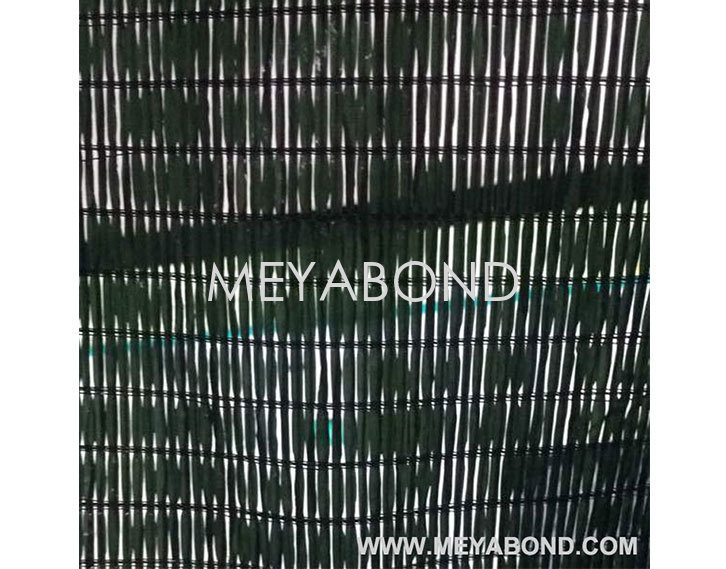The Essential Role of Silo Nets in Modern Agriculture
Silo nets are an integral component in modern agricultural practices, particularly within the realm of facility agriculture. These nets serve multiple purposes, primarily aimed at safeguarding crops from pests and adverse weather conditions. Understanding the functionality and advantages of silo nets can significantly enhance the efficiency and yield of agricultural operations.
At their core, silo nets are designed to create a protective barrier around crops, allowing for better airflow while simultaneously preventing harmful insects and pests from accessing the plants. This is crucial as pests can cause substantial damage, leading to decreased yield and increased costs in pest control measures. By utilizing silo nets, farmers can reduce the reliance on chemical pesticides, promoting a more sustainable approach to agriculture.
One of the key benefits of silo nets is their ability to provide a microclimate for the crops they protect. The netting can help moderate temperature fluctuations, reducing heat stress during the hottest parts of the day and retaining warmth at night. This microclimate effect can enhance plant growth and improve fruit quality by ensuring optimal conditions for photosynthesis and development.
Moreover, silo nets are remarkably versatile. They are available in various sizes, materials, and mesh densities, allowing farmers to select the most suitable option for their specific crops and environmental conditions. For instance, nets with finer mesh can offer better protection against smaller pests, while those with larger openings may be more appropriate for larger crops that require more airflow.
In addition to pest management, silo nets can also serve as a defense against physical damage from hail, heavy rain, and other environmental stresses. By cushioning the impact of these elements, the nets help preserve the structural integrity and productivity of the crops. This protective feature is particularly beneficial in regions prone to severe weather events, where the risk of crop loss is significantly heightened.
The installation of silo nets is a straightforward process that can be adapted to various agricultural setups, including greenhouses, fields, and storage areas. Farmers can easily incorporate nets into their existing infrastructure, making them a practical solution for enhancing crop protection without substantial alterations to their farming methods.
Overall, silo nets represent an innovative advancement in agricultural technology, providing essential benefits for crop protection and management. By effectively safeguarding crops from pests and environmental stresses, these nets contribute to higher yields and improved agricultural sustainability. As the agriculture industry continues to evolve, adopting such protective measures will be crucial in meeting the increasing demands for food production in a sustainable manner.
At their core, silo nets are designed to create a protective barrier around crops, allowing for better airflow while simultaneously preventing harmful insects and pests from accessing the plants. This is crucial as pests can cause substantial damage, leading to decreased yield and increased costs in pest control measures. By utilizing silo nets, farmers can reduce the reliance on chemical pesticides, promoting a more sustainable approach to agriculture.
One of the key benefits of silo nets is their ability to provide a microclimate for the crops they protect. The netting can help moderate temperature fluctuations, reducing heat stress during the hottest parts of the day and retaining warmth at night. This microclimate effect can enhance plant growth and improve fruit quality by ensuring optimal conditions for photosynthesis and development.
Moreover, silo nets are remarkably versatile. They are available in various sizes, materials, and mesh densities, allowing farmers to select the most suitable option for their specific crops and environmental conditions. For instance, nets with finer mesh can offer better protection against smaller pests, while those with larger openings may be more appropriate for larger crops that require more airflow.
In addition to pest management, silo nets can also serve as a defense against physical damage from hail, heavy rain, and other environmental stresses. By cushioning the impact of these elements, the nets help preserve the structural integrity and productivity of the crops. This protective feature is particularly beneficial in regions prone to severe weather events, where the risk of crop loss is significantly heightened.
The installation of silo nets is a straightforward process that can be adapted to various agricultural setups, including greenhouses, fields, and storage areas. Farmers can easily incorporate nets into their existing infrastructure, making them a practical solution for enhancing crop protection without substantial alterations to their farming methods.
Overall, silo nets represent an innovative advancement in agricultural technology, providing essential benefits for crop protection and management. By effectively safeguarding crops from pests and environmental stresses, these nets contribute to higher yields and improved agricultural sustainability. As the agriculture industry continues to evolve, adopting such protective measures will be crucial in meeting the increasing demands for food production in a sustainable manner.
Key words:
Related News
CONTACT US
Email: sales8@meyabond.com
Tel: +8618911966213
No.3 Yard, ZhongHe Road, 100071,FengTai District, Beijing, China
Email: sales8@meyabond.com
Tel: +8618911966213
No.3 Yard, ZhongHe Road, 100071,FengTai District, Beijing, China
















